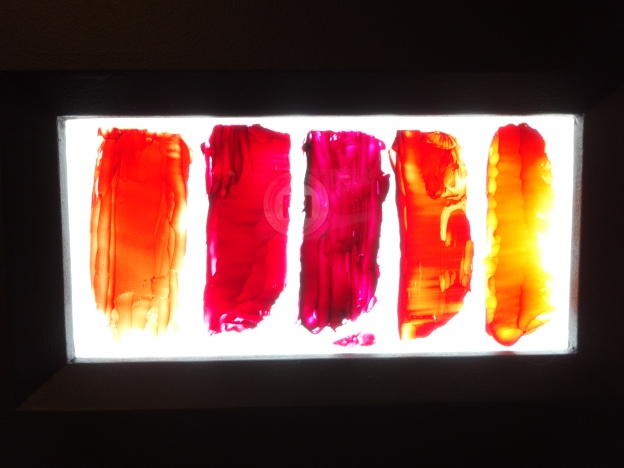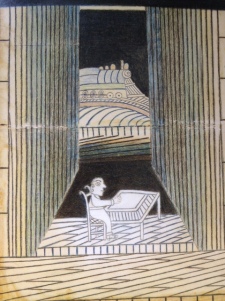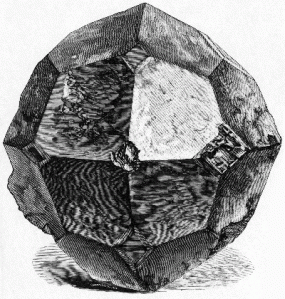I received an email this morning which reminded me of an interview I did for the lovely Louise Owens, an Australian books blogger in 2015. Looking back it feels a million years ago; it was around the time a friend committed suicide, before my parents died, before I started work on this new book (more about that when I’ve written more of it). But although it seems as if it has come from another planet there are some nice answers and great questions there, so I thought I’d post it here, just three years late.
 When you go into a bookshop, which department do you head straight to? The one with the sofas. My favourite bookshops are independent ones with chairs in them, and people who love books, and a bit of organised chaos. A few weeks ago I was in Shakespeare & Co in Paris with a few hours to spare. I went to the top floor (which has a cat, several sofas, a little desk with typewriter that Hemingway would have loved no doubt) and I found a second hand version of Vita Sackville West’s Thirty Clocks Strike the Hour. And I read the title story and was transported then to the Boulevard des Italiens where her great-grandmother had a vast corner house with twenty windows on the boulevard and where, one night, the young Vita hid in shadows and watched her grandmother, walk slowly through all those grand rooms until she reached one with thirty clocks… When I left the shop a couple of hours later I had moved into another dimension. I’ll go to any bit of any bookshop to find the books (which could be in science or music or fiction or art or memoir or travel) that will do that.
When you go into a bookshop, which department do you head straight to? The one with the sofas. My favourite bookshops are independent ones with chairs in them, and people who love books, and a bit of organised chaos. A few weeks ago I was in Shakespeare & Co in Paris with a few hours to spare. I went to the top floor (which has a cat, several sofas, a little desk with typewriter that Hemingway would have loved no doubt) and I found a second hand version of Vita Sackville West’s Thirty Clocks Strike the Hour. And I read the title story and was transported then to the Boulevard des Italiens where her great-grandmother had a vast corner house with twenty windows on the boulevard and where, one night, the young Vita hid in shadows and watched her grandmother, walk slowly through all those grand rooms until she reached one with thirty clocks… When I left the shop a couple of hours later I had moved into another dimension. I’ll go to any bit of any bookshop to find the books (which could be in science or music or fiction or art or memoir or travel) that will do that.
Looking back, which experiences, jobs and personality traits do you think have really helped you? Continue reading









